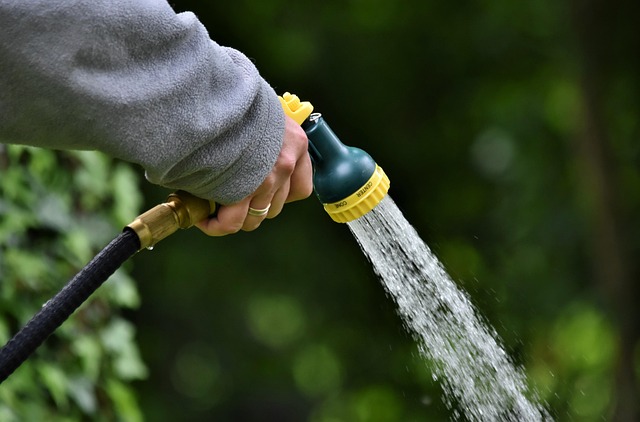Mosquito Yard Treatment: Practical Steps for Safer Outdoor Spaces
Mosquitoes can make time outside uncomfortable and increase the risk of mosquito-borne illnesses in some regions. A sound mosquito yard treatment plan combines inspection, habitat reduction, targeted treatments, and ongoing maintenance. This article explains practical, garden-friendly approaches that reduce mosquito populations around a yard while protecting plants, beneficial insects, and water quality.

This article is for informational purposes only and should not be considered medical advice. Please consult a qualified healthcare professional for personalized guidance and treatment.
How do mosquitoes behave and where do they breed?
Mosquito species differ in behavior, but most need standing water to complete their life cycle. Females lay eggs in or near water; eggs hatch into larvae, pupae, then adults. Some species use very small water pockets — gutters, plant saucers, clogged drains, or even tree holes. Understanding local mosquito activity (day vs. night biters, species present) helps prioritize treatments and timing. Observing peak biting times and common resting spots, such as shaded vegetation, guides the placement of interventions.
What should a yard inspection focus on?
Start with a systematic walk-through of the yard and garden to find potential breeding and resting sites. Check gutters, tarps, wheelbarrows, birdbaths, pet bowls, and low spots that collect water after rain. Look for dense shade and tall grass where adults rest. Note plant containers and saucers; even small volumes can sustain larvae for days. Recording these trouble spots seasonally makes maintenance tasks more efficient and helps determine whether professional local services are warranted.
Which garden-friendly treatments reduce mosquito numbers?
Non-chemical steps are the first line of defense: remove or regularly empty containers, repair gutters, and maintain proper drainage. Biological larvicides that use Bacillus thuringiensis israelensis (Bti) target mosquito larvae in water without harming most other wildlife and are acceptable for many garden settings. For adult mosquitoes, barrier sprays applied by trained technicians can reduce biting for weeks, but timing and product choice should consider pollinators and plant health. Integrated approaches that combine habitat reduction with targeted treatments work best for steady control.
Additional cultural methods include encouraging natural predators (dragonflies, bats, some bird species) by providing suitable habitat. Mosquito traps and citronella or other plantings may offer localized relief but vary in effectiveness and should not replace habitat elimination.
How should standing water be managed?
Effective water management focuses on eliminating or treating stagnant pools. Empty and scrub birdbaths, change water frequently in fountains, and flip or store unused containers. For unavoidable standing water—such as rain barrels or ponds—use larvicidal dunks containing Bti or maintain moving water with small pumps or aerators. Ensure gutters drain properly and fill low-lying depressions with soil or drain tiles if possible. Regular inspections after storms are important because new pools form quickly. Prioritizing water management often yields the largest reductions in local mosquito populations.
A note on water features: small decorative ponds can coexist with a yard plan if stocked with mosquito-eating fish or fitted with circulation systems. Any chemical treatments applied to water should be chosen to avoid harm to plants, pets, and wildlife.
How can plants be protected while supporting beneficial insects?
Many gardeners worry that mosquito treatments will harm plants or pollinators. Choose products labeled for garden use and follow application instructions carefully to limit impact. Avoid spraying during bloom when pollinators are active; target shaded understory and low shrubs where mosquitoes rest. Use selective larvicides in water rather than broad adulticides when possible. Maintain plant diversity and avoid overwatering to reduce mosquito-friendly microhabitats. When in doubt, consult horticultural guidance or local services about timing and compatible products to balance mosquito control with plant health and insect conservation.
Regular mulching and pruning can reduce dense vegetation that shelters adult mosquitoes, while native plantings can bolster populations of natural predators without encouraging standing water habitats.
Conclusion
Reducing mosquitoes in a yard requires a mix of habitat management, careful water control, and selective treatments that respect garden health and local ecology. Routine inspections, elimination of standing water, and use of targeted, garden-compatible options provide practical, sustainable reductions in mosquito presence. For persistent problems, local services can offer seasonal plans tailored to landscape and species patterns, balancing effectiveness with protection for plants and beneficial insects.






